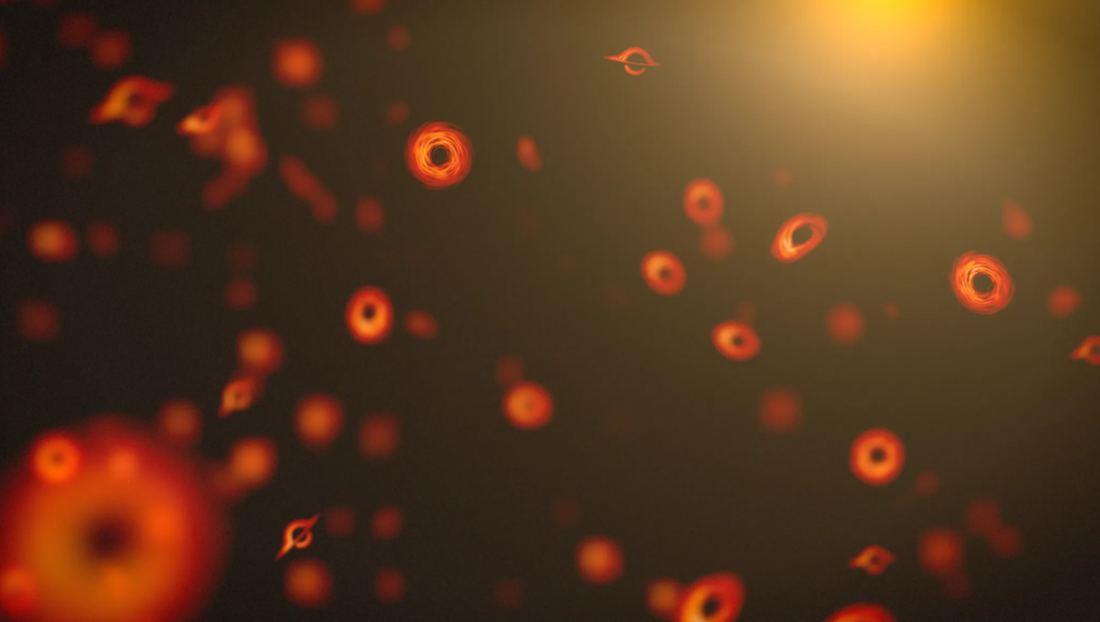Primordial black holes formed during the earliest stages of the evolution of the universe. Their immense gravity may be playing havoc in stellar systems. They can transfer energy into wide binary systems disrupting their orbits. Like celestial bullies their disruption might lead to extreme outcomes though like the ejection of a star, only to be replaced by the black hole itself! A new paper studies the interactions of systems like these and looks at ways we might be able to detect them.
Continue reading “Primordial Black Holes Could Kick Out Stars and Replace Them.”Primordial Black Holes Could Kick Out Stars and Replace Them.










